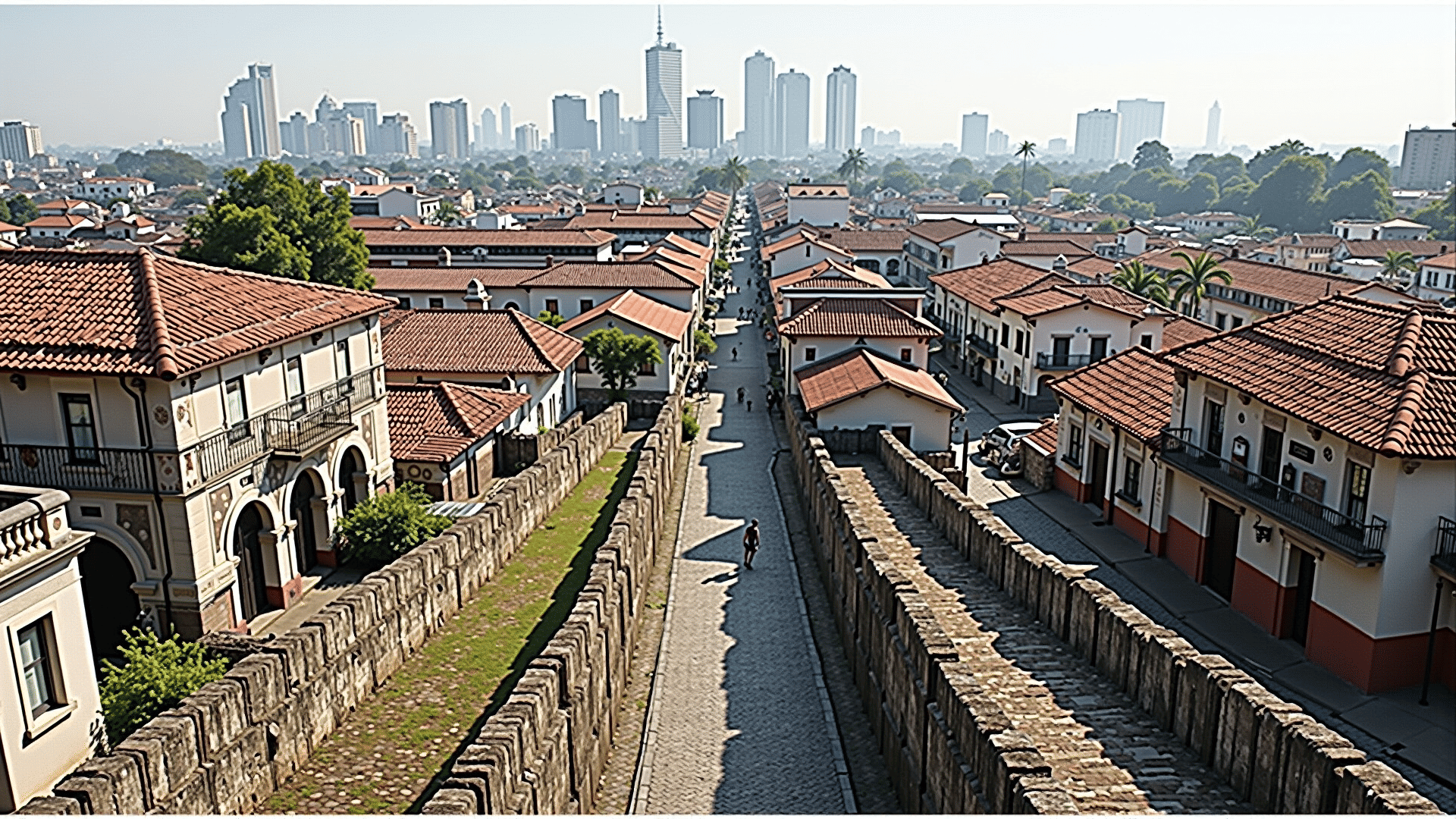Nestled within the bustling heart of modern Manila lies a testament to the resilience and rich cultural tapestry of the Philippines—Intramuros. This walled enclave, with its cobblestone streets and ancient ramparts, offers a journey back in time to an era of colonial charm and history.
Intramuros, translated as "within the walls," was established in the late 16th century by Spanish colonizers. It served as the political and cultural hub of Spanish colonial rule in the archipelago. As you walk through its gates, you can almost hear the echoes of its storied past, from the trotting of horse-drawn carriages to the bustling scenes of an old world market.
This area is renowned for its architectural feats, each structure narrating stories from different epochs. The grand Manila Cathedral stands as a pivotal landmark. Rebuilt several times due to natural disasters and wartime damage, its majestic facade and exquisite stained glass windows have seen countless historical moments unfold. Nearby, San Agustin Church, the oldest stone church in the country and a UNESCO World Heritage site, captures the artistic and spiritual essence of the Spanish era. Its Baroque style stands as a testament to enduring faith and artistry.
As you wander further, the fortified walls embrace you with a sense of protection, having once served as a formidable defense against invaders. Located along these walls are the bastions and bulwarks, offering panoramic views of the Manila skyline alongside the Pasig River. These spots provide not only insight into military strategies of yore but also perfect vantage points for reflection.
Fort Santiago, another highlight, serves as a solemn reminder of the trials and triumphs experienced throughout Filipino history. This citadel held significance during the Spanish occupation and beyond, notably as the incarceration site of José Rizal, the national hero. Walking through Fort Santiago, visitors engage with stories of heroism and sacrifice, offering a deeper understanding of the country's journey to independence.
Beyond its historical architecture, Intramuros is a vibrant showcase of cultural heritage. Within its boundaries, traditional Filipino experiences come to life through art, music, and cuisine. The streets often play host to celebrations and performances, reflecting the diverse influences that have shaped Filipino culture.
Local artisans and craftsmen bring a touch of authenticity to the area, offering handmade crafts and local delicacies. Sampling traditional dishes like adobo and halo-halo is not just a culinary delight but also an exploration of flavors influenced by both indigenous and colonial influences.
Intramuros stands as more than a mere remnant of the past; it is a lively and dynamic space where history coalesces with the present. It invites visitors to step beyond its storied walls into a narrative that continues to evolve, making it an indispensable part of understanding the Philippine heritage.
More than a simple visit, entering Intramuros is an immersive experience—one where each brick has a story and every corner holds a lesson from history. It is a realm where the past is eternally intertwined with the present, echoing the enduring spirit of the Filipino people.
